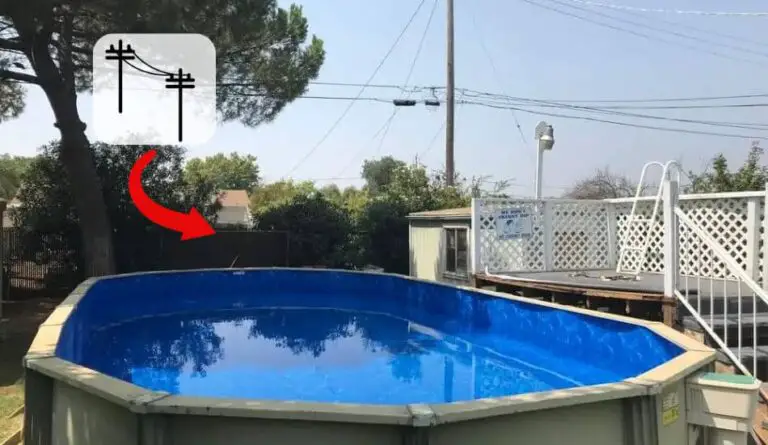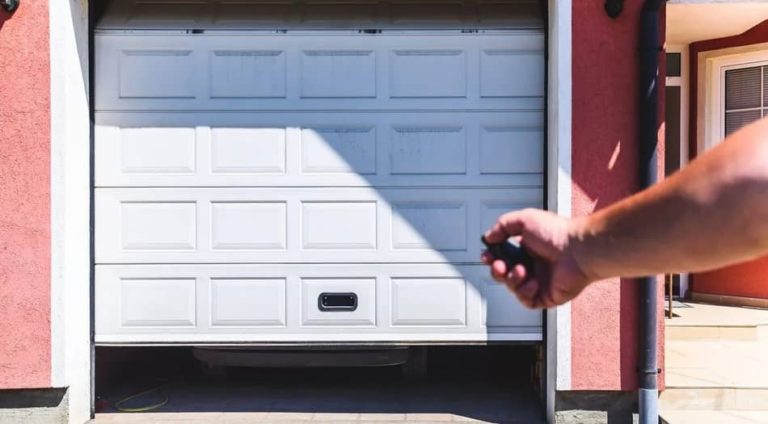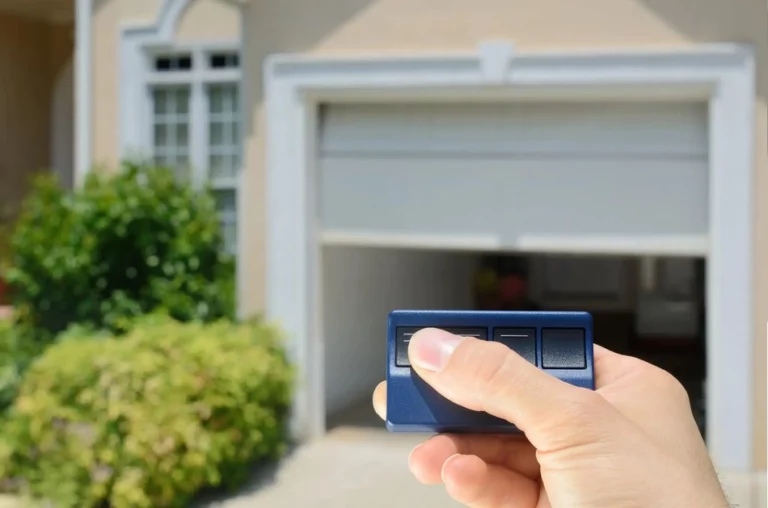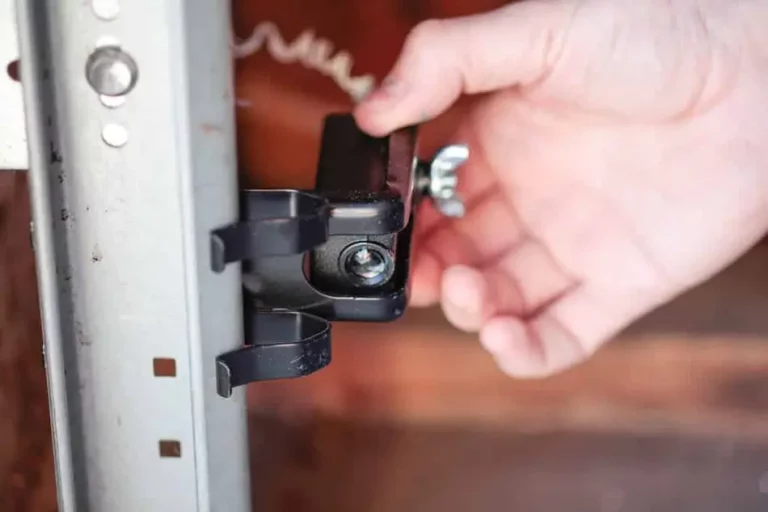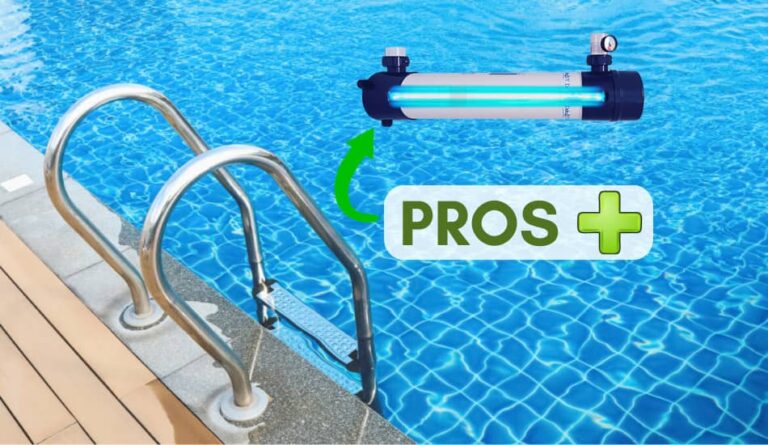How To Clear A Cloudy Pool With Baking Soda?
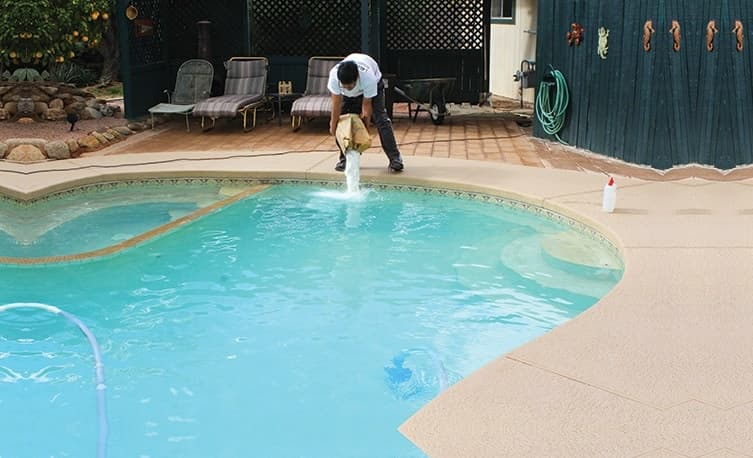
If you don’t maintain your pool regularly, you will have problems with the cloudy pool water. But if you already have this problem, you must be wondering what you can do about it and how to clear a cloudy pool? The answer is pretty simple, you can use baking soda, but you need to know what is the proper amount that you need to add to your swimming pool. In this article, we’ll talk about that and what you need to pay attention to. So, let’s start.
Table of Contents
How To Clear A Cloudy Pool With Baking Soda?
So, How To Clear A Cloudy Pool With Baking Soda? To clear a cloudy pool by using baking soda, you first need to test and know the pH and Alkalinity levels of the pool water. For a 10,000-gallon pool, you need around 1.5 lbs of baking soda to raise the alkalinity by 10 ppm. If the pool’s pH is lower than 7.2, use 3 to 4 lbs of baking soda.
If you are interested, you can also read How Much Bleach To Shock A Pool? Make Swimming Safe.
What Makes Your Pool Water Turn Cloudy?
Things like sunlight, rain, and regular use of the swimming pool can deplete the amount of chlorine in your pool, which makes them cloudy. Therefore, in addition to that, the swimming pool is fun to use, but it also needs to be maintained regularly so this problem can be avoided. For many people, cloudy water is one of the things that is frustrating to have.
Here are the main reasons that cause the water in your swimming pool to cloudy:
- pH and Alkalinity levels are usually not balanced
- Low chlorine levels in the pool
- No filtration was done
- Dirt, or dead algae
The first thing you need to do to determine why the water in your swimming pool is cloudy is to do a test. There are test kits that are used to test the pH and alkalinity levels of the pool water. The results you need to get to keep your pH level in order are between 7.2 and 7.8. The Alkalinity level of your pool water needs to be somewhere between 80 and 120 ppm (parts per million).
If the pH and Alkalinity levels are out of balance and are low, you need to use baking soda to clear your pool. The baking soda is used only to increase your pH and Alkalinity level if they are both low. If the pH level turns out to be low and your Alkalinity level is fine, then it’s recommended to use soda ash to raise the pH level in your pool.
Related Article: Should We Fill A Pool With A Water Truck?
Step-by-Step How To Use Baking Soda To Clear Up The Pool
To clear a cloudy pool by using baking soda, you first need to know the pH and Alkalinity levels of your pool and how much baking soda you need to add to your swimming pool. By using this method, you will certainly eliminate your pool’s cloudy water problem. Therefore, follow these steps:
Step 1: Test The Pool Water
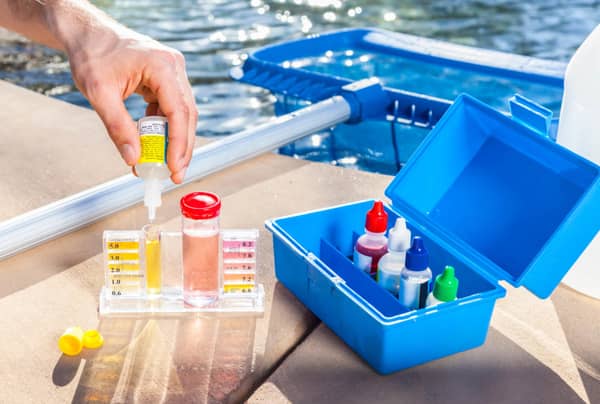
The first step is to test the pH and Alkalinity level of the pool water. To do this, use a Chemical Test Kit. These tests will show you exactly what the current levels of your water are. As mentioned earlier, the proper pH level needs to be between 7.2 and 7.8, while the proper Alkalinity level needs to be between 80 and 120 ppm. These are the most common reasons why your pool has cloudy water.
Here you can buy your Test Kit on Amazon.
Step 2: Buy A Baking Soda
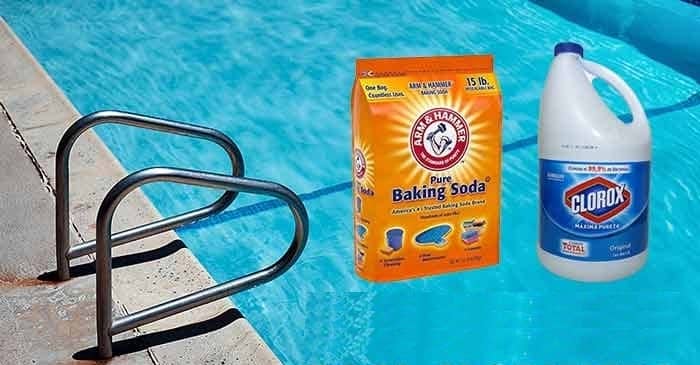
The next step is to buy a baking soda. You can find it in various pool store shops, on online webshops, or through Amazon. The amount you need to add to the pool is between 1.5 lbs to 10 lbs, depending on how low your alkalinity level is. You can find out this in step one after you have taken the test.
Here you can buy your Baking Soda on Amazon.
Step 3: Measure The Volume Of The Pool
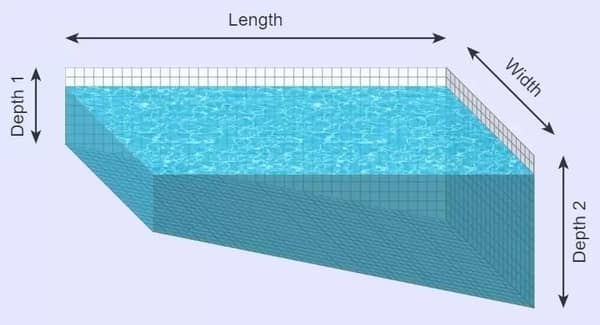
Before you add baking soda to the water, you need to know that pool chemical measurement are based on 10,000 gallons of water. That’s why you need to know the volume of your pool and how many gallons it has. By using the length of the pool and times it with the width, you will get the surface area of the pool. Multiplying that value by the depth you will get the volume in cubic meters. If you want to know how many gallons that is, multiply the result by 7.5, as each cubic foot consists of 7.5 gallons.
To measure the volume of the pool, you can simply do the basic math:
Length x width x depth x 7.5 = volume (in gallons)
Therefore, be sure to measure how many gallons of water you have in your pool. If you don’t know how to calculate the volume of the pool, you can use this pool volume calculator.
Step 4: Add Baking Soda To Pool
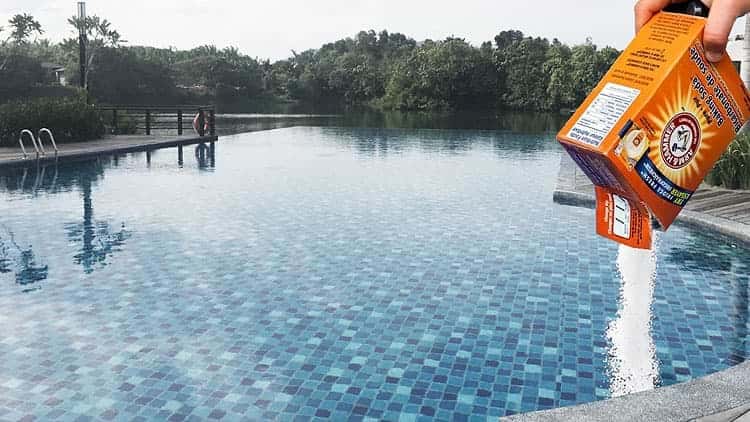
Now it’s time to add baking soda to your pool water. Keep in mind to add 1.4 lbs of baking soda per 10,000 gallons of water in the pool to raise the Alkalinity level by 10 ppm. Also, be sure to spread the baking soda across the pool’s surface and avoid dumping it all in the same spot. Try to avoid adding baking soda on a windy day.
Note! After you do a new test, you can see the current pH and Alkalinity level in your pool and add more if the level is still low.
Step 5: Retest Your Pool pH And Alkalinity
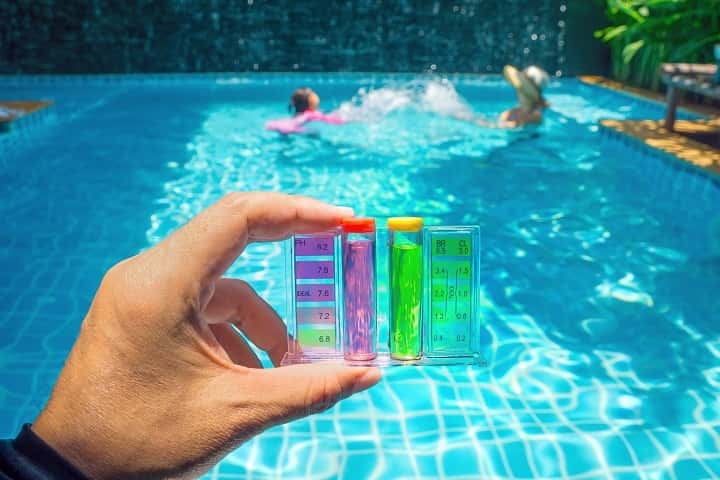
After you add baking soda to your pool, wait around six hours. Baking soda needs to be dissolved. Be sure to turn on the pool’s circulation system so the baking soda can be dispersed easily through the entire pool. It will be necessary to do another test to see that the pH and Alkalinity levels are within limits. If the pH is below 7.2 and the alkalinity level is below 110 ppm, you will need to add more baking soda to the pool.
Example: If you have a pool with 20,000 gallons of water, and if your Alkalinity level is 30 ppm lower than it should be, you will need to add 8.4 lbs of baking soda to your pool. (To raise 10 ppm in the 20,000-gallon swimming pool, you will need to add 2.8 lbs of baking soda)
Related Article: What Size PVC Pipe For An Above-Ground Pool? Explained
What Does Baking Soda Do For a Pool?
Baking soda (Sodium bicarbonate) is a natural alkaline that has a pH of 8. By adding baking soda to your pool water, the pH and Alkalinity levels will raise, which will improve the stability and clarity of the water. Many commercial pool products are using baking soda to raise alkalinity levels as their main active ingredient. Therefore, you can use only baking soda to maintain your pool, instead of other expensive pool products to save money.
If you are swimming in a pool that has too alkaline or too acidic, the water will hurt your eyes as you swim. Another bad thing that can also happen to you is damaging your pool filtration equipment after some time.
Is It Safe to Swim In A Cloudy Pool?
Although it is possible to swim in a cloudy pool, we don’t recommend it. Here’s why:
- Having a deep cloudy pool can raise the risk of drowning because the bottom of your pool is not visible.
- When the pool is cloudy, the water is full of pathogens and bacteria that can cause urinary tract infections, stomach problems, and even eye irritation.
- Cloudy pools contain high amounts of body oil, sweat, dirt, sunscreen, spit, and other gross substances. Therefore, it is necessary to regularly maintain the water in the pool by shocking your pool.
How Long Do You Have To Wait For The Pool To Clear?
Wait at least six hours for the baking soda to dissolve into the water. To make the process better, turn on your pool’s circulation system to help baking soda disperse. The preferred waiting time is 24 hours. If after that time you don’t see a clean and clean pool, you’ll need to add more baking soda. It takes so long for baking soda to disperse because it needs to go through the filtration process a few times.
Related Article: How Long Can A Frog Live In A Pool? Explained
FAQ: People Also Ask
1. Does Baking Soda Lower pH?
Adding baking soda (sodium bicarbonate) will raise the pH and Alkalinity level of the pool water because the baking soda is naturally alkaline. For that reason, it’s recommended to use soda ash (sodium carbonate) to raise the pH level. It will increase the pH level without affecting the total Alkalinity level.
2. How Much Baking Soda Do I Put in A Cloudy Pool?
For 10,000 gallons of water, it is recommended to add 1.5 lbs of baking soda to raise the Alkalinity level by 10 ppm. The amount of baking soda that needs to be added to the cloudy pool depends on the volume of the pool. Therefore, for a 10,000-gallon pool that has a pH level below 7.2, 3 to 4 lbs of baking soda should be added to raise the pH level.
Conclusion
Regarding swimming pools, the chemistry is the most challenging part of managing the pool properly. Using the wrong chemicals or adding the incorrect amounts can cause your swimming pool to have cloudy water and can also be a major problem. Another important thing is that if you don’t take care of your pool, it can lead to algae growth.
So I hope this article has helped you and that you know a lot more about baking soda and how it can help you clear up the cloudy pool. Therefore, remember to have a clean and clear swimming pool all the time. If you have any additional questions, feel free to contact us or leave a comment.


